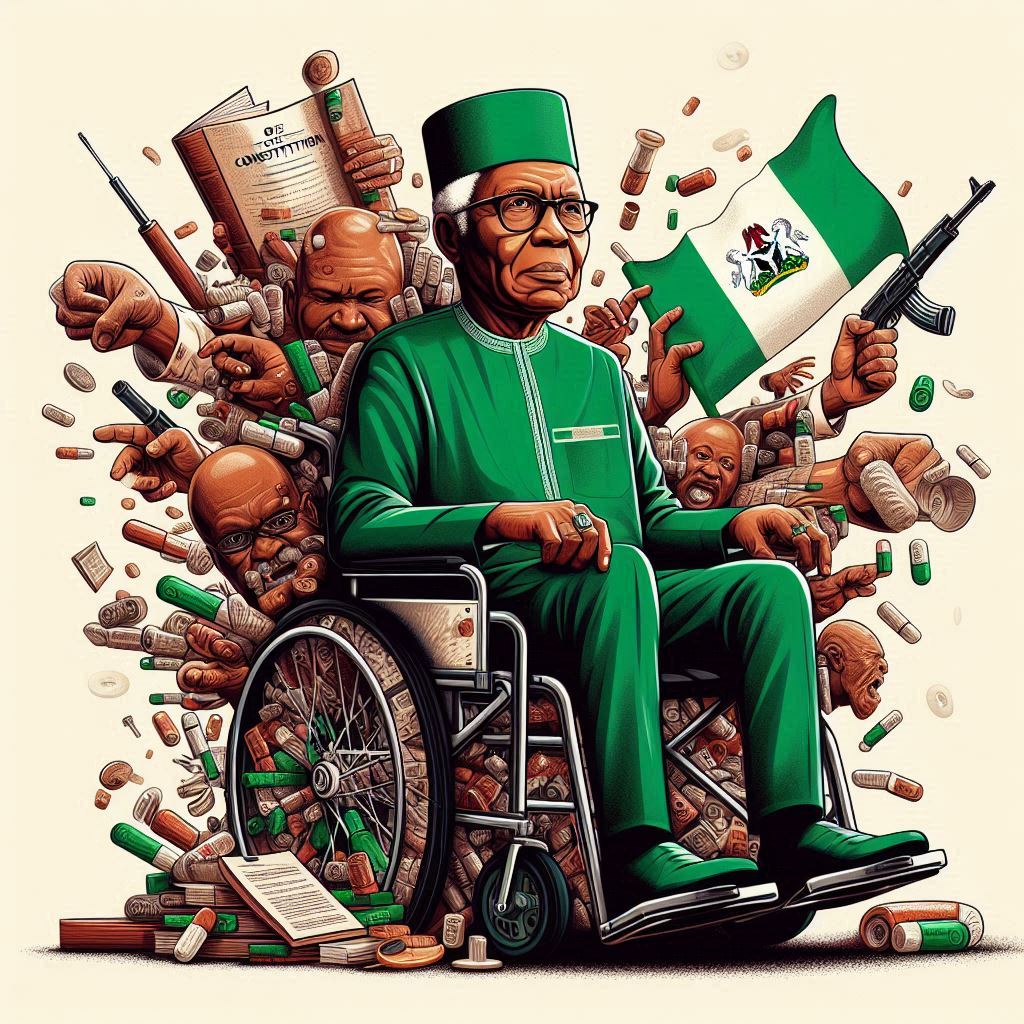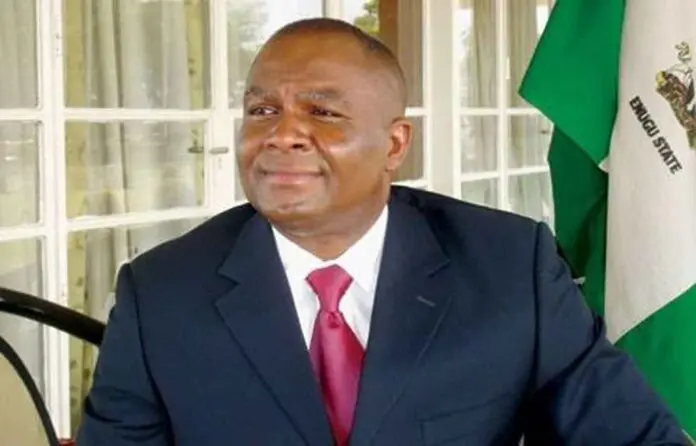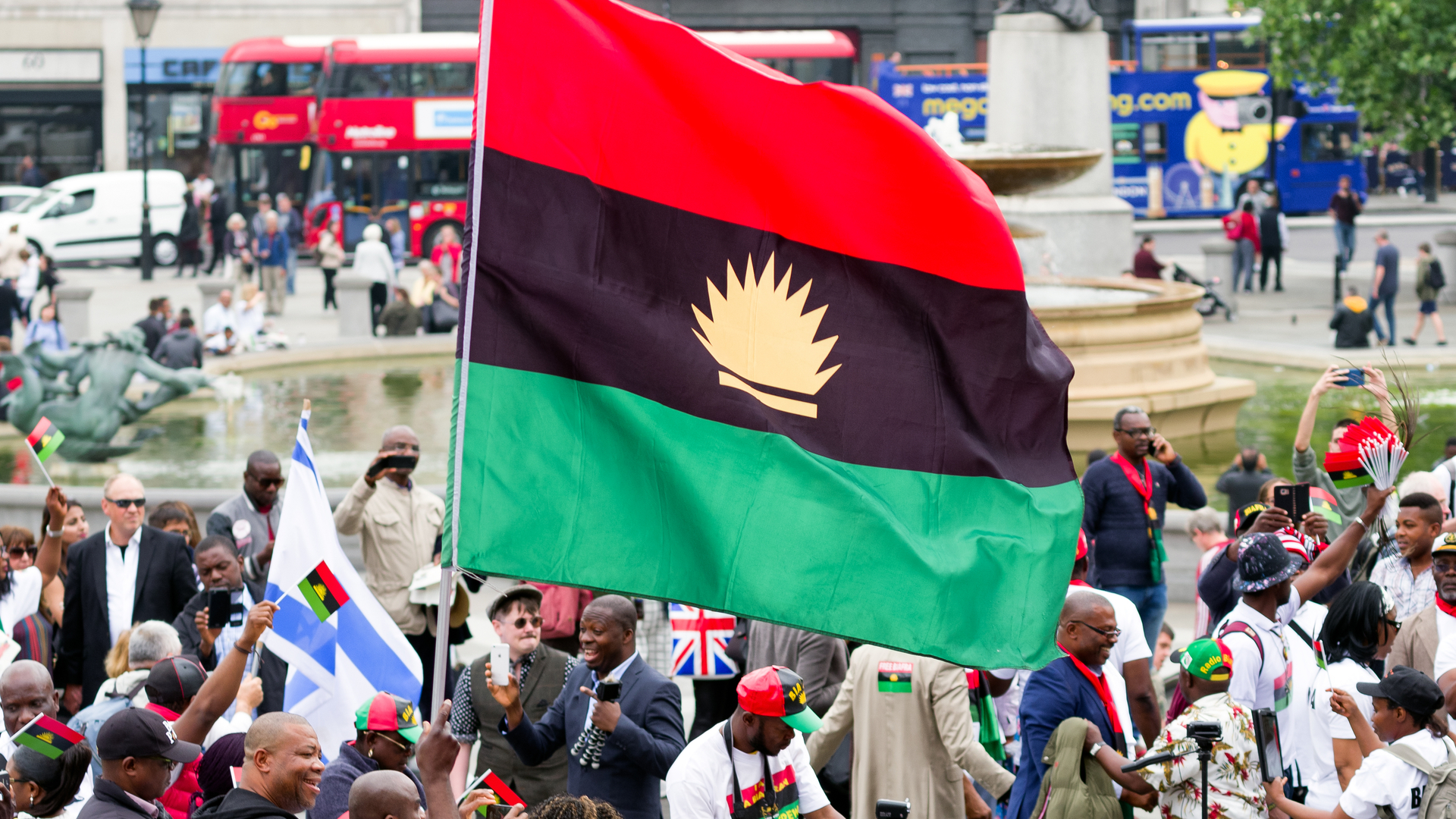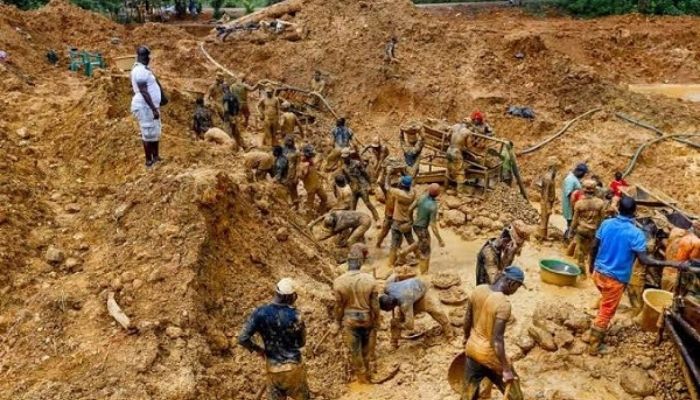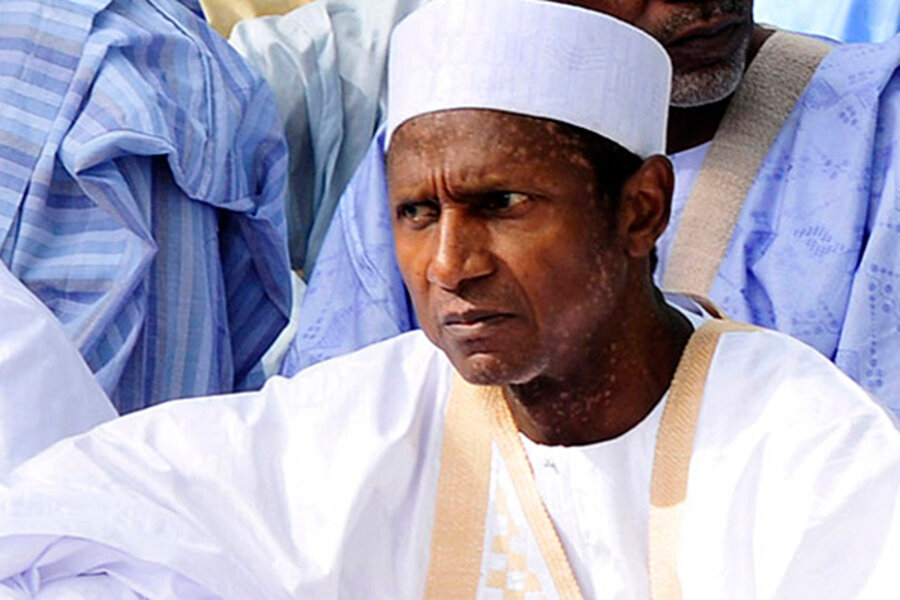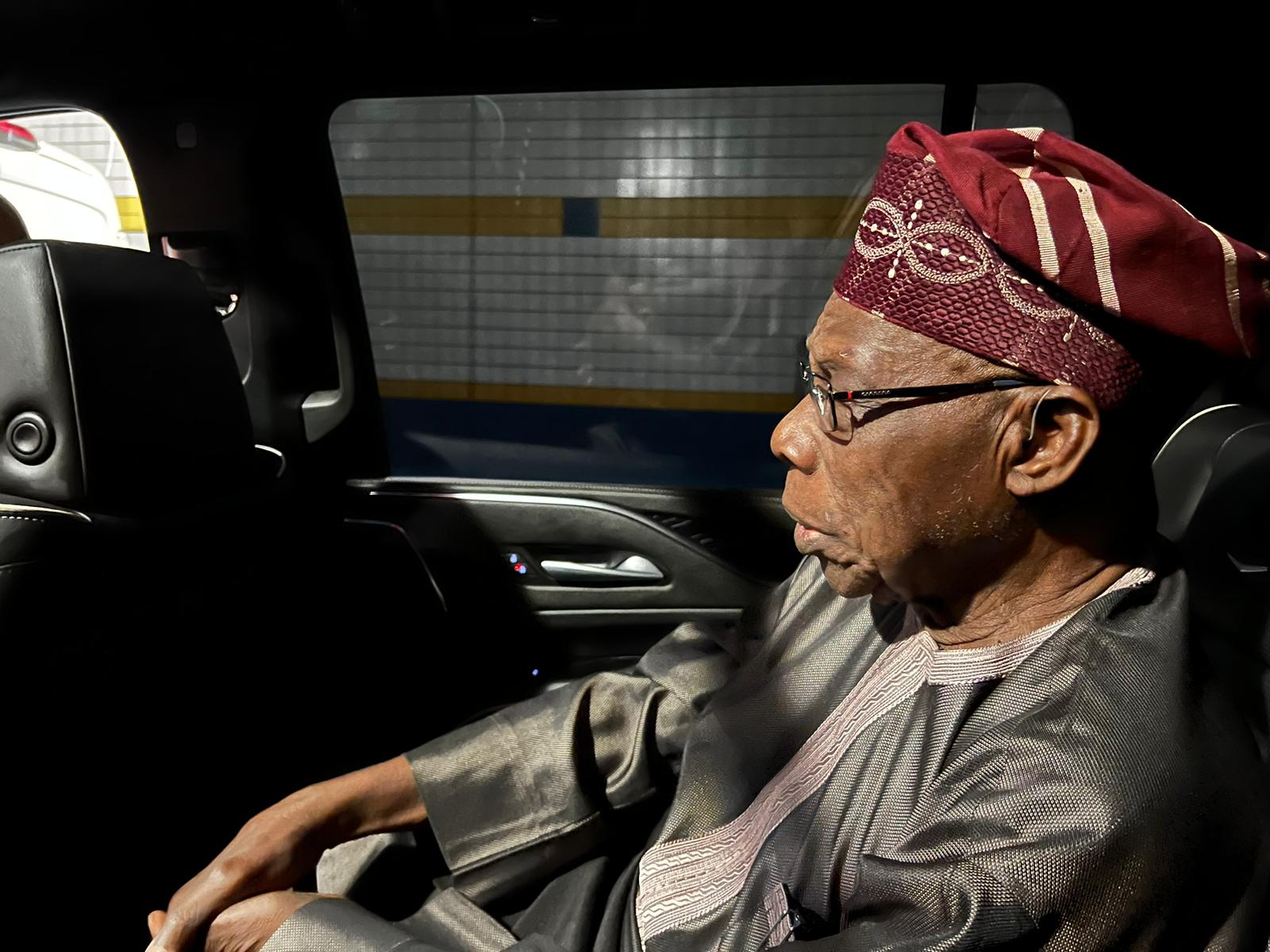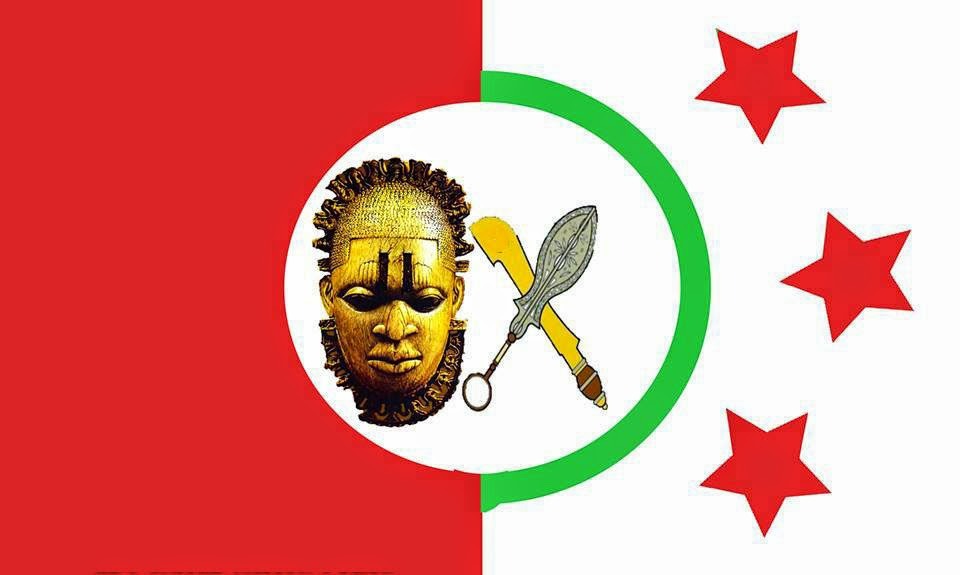THE EXPERIENCE IN OTHER COUNTRIES
Let us briefly consider the experience of a select group of other countries in conceptualizing and implementing jointness.
INDIA
The situation in India is interesting. The HQs of the Army, Air Force and Navy are not part of the Ministry of Defence. Civil servants control funding, procurement, promotion and postings of senior officers. On the other hand Service Chiefs retain accountability for operational matters. But there is no Combined Defence Staff. The Chiefs of Staff Committee is headed in accordance with the existing seniority among the individual Service Chiefs. It is a classic case of management by committee.
The defeat of the Pakistani Military during the Indo-Pakistani war of 1971 (in spite of US support) has been credited to joint planning and operations in the same headquarters building under the respected leadership of then Chairman Chiefs of Staff Committee, Field Marshall Sam Manekshaw. He had an excellent relationship with the Prime Minister, who trusted his counsel. On the other hand, Pakistani Army, Navy and Air Force headquarters at that time were dispersed and each service fought its war independently.
However, although Indian Service Chiefs had good personal relations with one another, the subsequent plan by then Prime Minister Indira Ghandi to formally appoint Manekshaw as Chief of Defence Staff (CDS) with a unified Staff was opposed by then Naval Chief Admiral S M Nanda and then Air Chief, Air Chief Marshal Lal. In later years, service rivalry was compounded by age-old rivalry between the Ministry of Defence bureaucracy on one hand and the Services on the other. Since independence, India’s Military services have been excluded from National Security decision making. Civil Servants have, therefore, been accused of sabotaging subsequent efforts to create a National Security Council, for example, thus continuing to exclude the individual services from direct input into the higher direction of Defence.
As if the bureaucratic infighting in New Delhi is not enough, there is no single joint command or operational theatre commander in all of India. According to Admiral J G Nadkarni (rtd),
“If we have a war in the west, for example, the Army Commander will be in Pune, the Naval Commander in Mumbai and Air Force Commander in Ahmedabad.
The same is the case with other areas. In 21st century India, no two Military commanders are in the same location. A sort of joint command exists in the Andaman and Nicobar Islands, but even here the Air Force unit, which is some distance away from the Army and Navy headquarters, takes its orders directly from the Air Headquarters in New Delhi.”
This show of Service rivalry and domain protection (which continues to bedevil the Indian Armed Forces and Defence establishment) was to prove costly in time to come. According to Air Chief Marshall (rtd) S.K.Mehra, a former Indian Chief of the Air Staff, during the Indo-Pakistani tensions of 1989 and 1990, there was a ‘frightening’ lack of service coordination. More recently, during the Pakistani incursion across the line of control into Kargil in early June 1999, in what is cited as a failure of joint intelligence, the Indian Army’s request for air support was not honored by the skeptical Indian Air Force for a full two weeks and not until the Prime Minister himself had to intervene.
Based on this and other concerns, such as the inadequacy of command, control, communications and intelligence arrangements for use of nuclear weapons, there is increasing understanding that given the peculiarities of the future battle space, and short time frame for decision making, India will sooner or later have to bite the bullet, appoint a CDS, restructure the Defence ministry, emphasize jointness, develop a joint doctrine, and conduct joint training and operations. This is the subject of ongoing discussions.
UNITED KINGDOM
In the United Kingdom, it has been the tradition for a long time that decisions are ultimately taken by elected politicians while the Military exists to proffer advice. The 1870 War Office Act divided responsibility in the War Office among the Commander -in -Chief, the Surveyor General of Ordnance, and the civilian Financial Secretary. Because of equipment problems during the Egyptian campaign of 1884-85, War Office organization was simplified into Military and civilian (financial) divisions, which were often at loggerheads. After the Boer war, however, further changes were recommended, leading to the creation of the post of Chief of the General Staff. The Secretary of State for War was made Chairman of a combined civilian and Military army council which then reported to a Committee of Imperial Defence under the Prime Minister. However, both Army and Navy Secretaries of State were also members of the Committee of Imperial Defence, an arrangement that ensured that Army-Navy rivalries would play out right to the very top.
During the First World War there were many examples of inadequate planning and bureaucratic infighting between the financial and operational arms of the War Office. It was also during this time that the Royal Air Force came into being. Treasury had veto power over Military spending. Expectedly, Service rivalry between the rapidly growing RAF (whose bomber program was favored), and its older services, namely the Royal Navy and British Army, worsened under conditions of limited budgets. Thus, after the war, there were proposals to appoint an independent Minister for Defence that could fend off the Treasury Office. Eventually, in 1936, the position of Minister for Co-ordination of Defence was established. When Winston Churchill became Prime Minister in 1940 he took on the Defence portfolio and finally corrected the anomaly of having three different Secretaries of State in the Committee of Imperial Defence. Churchill was now the single point man for resolving service differences in planning and resource allocation, as well as being the Chairperson of the War Cabinet.
After World War 2, a Cabinet Defence Committee was established under the Prime Minister with the Defence Minister as his deputy. However, individual Chiefs of Staff and Service Ministers drawn from the Admiralty (Navy), the War Office (Army) and the Air Ministry (Air Force) were members of the committee. This arrangement undermined the Defence Secretary, since each Service Minister/ Service Chief could argue directly for his or her own budget at Defence Committee meetings and then negotiate directly with the Treasury Ministry for the money.
The onset of the Cold War, outbreak of the Korean conflict and the Suez crisis at a time of increasing financial constraints heightened inter-service rivalry and betrayed organizational failures during operations. This provided the background for the creation, in 1956, of the position of Chairman, Chiefs of Staff, and in 1958, for the Duncan Sandys White Paper on Defence, which changed the title to Chief of Defence Staff (CDS). Nevertheless, individual service chiefs continued to enjoy direct access to their individual ministers as well as the Prime Minister. Unsurprisingly, they were able to undermine the philosophical intent of the Sandys White Paper.
In 1961, the Plowden Committee recommended that the results of the UK government’s annual survey of public expenditure should become the primary determinant of defence policy, rather than prevailing or projected political, social and/or foreign policy considerations. Budget ceilings were, therefore, preset, with which the Defence establishment just had to comply.
In 1963, following a white paper titled, “The Central Organisation of Defence," the individual Service ministers were downgraded to Ministers of State who had to report to the supervising Secretary of State for Defence. The Defence Minister now assumed full control over formulation and conduct of defence policy. The Chief of Defence Staff at that time, the late Lord Mountbatten, had also proposed that individual Service Chiefs report directly to the CDS (i.e. himself) who would then have overarching control of operational matters for each service. This proposal failed; however, so individual Service Chiefs retained accountability for operational matters.
Just below the Chiefs of Staff a Defence Operational Requirements Staff was created at which level there could be harmonization for long term procurement decisions. But the rigidly limited funds available did not enhance service cooperation. Among the controversial issues of that era was the cancellation of the British Aircraft Corporation TSR2 Strike aircraft, the Polaris missile Sales Agreement (with the US) of April 1963, and the status of the Territorial Army, the Aden Emergency, and reduction in carrier force levels, among others. Under a Labour government, the 1966 Geraghty Committee proposal to eliminate single service boards and replace them with a single Defence Management Board for procurement, personnel and logistics was never implemented. But a Defence Intelligence agency was created out of the three service intelligence bodies, under a Chief of Defence Intelligence (CDI).
Between 1967 and 1971 there were waxing and waning fortunes for the ministers of state for the Army, Navy, Air Force, Administration and Equipment. For a brief period the positions were actually eliminated. However, now, the Secretary of State for Defence is assisted by a Minister of State for the Armed Forces, a Parliamentary Under Secretary of State and Minister of State for Defence Procurement and a Parliamentary Under Secretary of State and Minister of State for Veterans Affairs. Meanwhile, the position of CDS has been further consolidated. However, to minimize service rivalry the position is filled from each of the three Services on a rotational basis.
In the early eighties, under Prime Minister Margaret Thatcher, UK Secretary of State for Defence, John Nott, recommended that individual services no longer have a direct link to the Government (although they still have right of access). His recommendation was accepted. Under his successor, Michael Helseltine, another Ministry of Defence Organizational Review was published in 1984. This review resulted in the appointment of the Chief of Defence Staff and Permanent Under-Secretary of State, (PUS) as co- principal advisers to the Secretary of State. The CDS is not only the adviser for Military operations and strategy; he is also recognized as the professional head of the Armed Forces. The chain of command for Military operations goes from the Cabinet and the Secretary of State to the CDS. From the CDS, it flows down to operational commanders. The PUS, on the other hand, is in charge of policy, finance and administration. As the principal civilian adviser to the Secretary of State, he is the Chief Accounting Officer for the Ministry and is personally accountable to Parliament for all approved expenditures.
The CDS is assisted by the Vice-Chief of the Defence Staff (VCDS), while the PUS is assisted by the 2nd PUS. Along with the 2nd PUS, the VCDS jointly heads the Central (Joint) Staff of the Ministry of Defence.
Faced by the end of the cold war, blunted economic growth indices, and increasing emphasis on joint training and operations, competitive policies were introduced into defence procurement and support activities. Consolidation and outsourcing were used where they were thought to result in cost savings. Financial and management responsibilities were better aligned, resulting in staff reductions. But it has also resulted in the centripetal delegation of resources from the centre to commanders and managers at the periphery who have very specifically defined responsibilities and objectives. The Defence Evaluation and Research Agency consolidated scientists, consultants and analysts that hitherto worked with individual services.
The evolution of the Higher Direction of Defence in the UK has been guided in recent times by the “Front Line First review” and the Strategic Defence Review (SDR). The SDR has established the post of Chief of Defence Logistics (CDL), thus unifying and integrating individual service logistic outfits. It has also proposed a Chief of Joint Operations (CJO) who, supported by a unified command structure in a permanent Joint Headquarters (at Northwood), will orchestrate the different fighting capabilities of individual combat and combat support units to ensure joint success. Single Service Chiefs, on the other hand, will remain responsible for “training, discipline and ethos” upon which “fighting effectiveness, efficiency and morale”, and ultimately, capability, fundamentally depends.
The Chief of Defence Procurement (CDP) is responsible for development and acquisition of major weapons systems, while the Chief Scientific Adviser (CSA) provides scientific and technological input in decision-making. Along with others mentioned above, they are both members of the 14 member Defence Council, chaired by the Secretary of State for Defence.
The Ministry of Defence has several committees, namely, the Finance, Planning and Management Group, or FPMG, Chiefs of Staff Committee, Service Boards (Army, Navy and Air Force), Ministerial Efficiency Steering Group (MESG), Equipment Approvals Committee (EAC),, FPMG (Service Personnel), FPMG (Civilian Personnel), and the Procurement Policy Board.
Source: http://www.raf.mod.uk/organisation/org_mod.html
CANADA
Prior to World War 2, Canadian land, maritime and air forces were practically separate organizations. Since then the Military in Canada has increasingly come to be seen as a single entity. As the Defence Minister put it in 1947, a major goal, among others was "progressively closer co-operation of the armed services, and unification of the department so as to form a single defence force in which the three armed services work together as a team.” This was initially motivated by Military disasters of the war, but increasingly over time by financial constraints, the need for interoperability with allied combined forces, and the emerging need to create force structures that can conduct asymmetric warfare and meet the demands of national security in space and cyber-space.
Over the years, Canada has wrestled with various approaches to the problem of Service Rivalry and Service cooperation. In the early sixties, the three armed services were integrated and unified into a single armed force called the Canadian Forces (CF), under the Chief of the Defence Staff in a unified CF HQ. However, in spite of significant acceptance of the “CF” idea over time, there is still room for improvement in the development of joint doctrine, joint operational concepts, joint staff structures and capabilities. Thus, Canada’s most recent Strategic Planning Framework now emphasizes Strategic Capability planning as the basis for Force development. This is heavily influenced by emphasis on Joint training and operations.
A joint Concept of Operations has been developed, based upon government policy, supported by Ministry of National Defence guidelines and Canadian Force doctrine. Based on an identification of Task-tailored units, this has led to the creation of a Canadian “capability goals” Joint Task List (CJTL). It is on this basis that relative levels of capability are determined and approved by the Ministry of National Defence, set in the context of eleven force planning scenarios.
At Defence HQ, The Vice Chief of Defence Staff (VCDS) has responsibility for strategic management, planning and coordination. The Deputy CDS on the other hand, is charged with joint doctrine and force development. He is the Canadian equivalent of the British Chief of Joint Operations. In addition to providing advice on service specific matters, Individual Service Chiefs are responsible for force generation.
Backed by operational research tools, the advent of a Joint Capability Requirements Board (JCRB) and Joint Capability Assessment Teams (JCAT) will significantly help in matching operational and functional perspectives. The Long Term Capital Plan has been replaced by the Long Term Capabilities Plan as the basis for Defence Management.
UNITED STATES
Beginning in 1776, United States Military history is replete with examples of successful, albeit problematic joint operations. In the 18th century, General Clinton’s occupation of the Charleston peninsula in 1778 stands out. In the 19th century, the joint assault on Vera Cruz during the War with Mexico stands out. Examples from the American civil war include the Mississippi River Valley campaign. However, there were also examples of failed joint operations due for the most part to service rivalry. A good example from the civil war is the Red River expedition of 1864. In the late 19th century, the Spanish-American war provides good examples of the negative effect of service rivalry. Things got so bad between the Army and Navy that at one point, after the siege of Santiago, the Department of Navy assumed full control and responsibility for foreign colonial wars of conquest.
During World War 1, service cooperation improved some, with joint operations conducted by Marine and Army units. Towards the end of the war, aircraft (which were already in use by other nations) were introduced for close air support. Following the war the National Defense Act of 1920 established a Joint Board. Although by no means a perfect example of jointness, it was an improvement over earlier eras.
Following the outbreak of World War 2, and early reverses in the face of the German onslaught, joint and combined operations became more and more accepted as a child of Military necessity, leading to the establishment of a Joint Chiefs of Staff (JCS) in 1942, and eventually resulting in some sensational victories such as the landings at Normandy in 1944.
After the world war, however, the US Military found itself faced with a new challenge - the Cold War and the nuclear arms race. The National Security Act of 1947 established the US Air Force as a separate arm from the Army and formalized the Joint Chiefs of Staff. All Military forces were expected to report to the single civilian Secretary of Defense. But there were parallel tracks in the system. Servicemen reported to their respective Service Chiefs. Service Chiefs elected the Chairman, JCS who reported to the Secretary for Defense. However, both the CJCS and the Secretary of Defense reported to the President. Unfortunately, this well intended structural change had the opposite effect of reinforcing service rivalry as each service fought for control of the nuclear mission, control of strategic bombing, and prerogatives in controlling its own air power, determining its doctrine, controlling its procurement, planning and executing its operations in war. The lack of unity of effort undermined any potential benefits from economies of scale.
Nevertheless, in 1950, the successful joint landings by General MacArthur at Inchon in Korea showed what inspired and strong leadership can achieve in spite of service rivalry. It provided impetus for the Defense Reorganization Act of 1958 which not only solidified the position of the Chairman, JCS but went further to create unified and special commands. Unfortunately this did little to dampen Service rivalry and the Chairman, JCS, was little more than a paper pusher. The consequences were later to be felt during the Vietnam War, when the Military Assistance Command Vietnam (MACV) failed to effectively control most joint operations.
A series of near mishaps and outright unsuccessful Military operations followed in the late seventies and eighties when efforts were made to implement the AirLand battle doctrine. These include the operation to rescue the crew of the SS Mayaguez in May 1975 in Cambodia; the failed attempt, in April 1980, to rescue US Hostages in Iran; and the invasion of Grenada in October 1983. Awkward problems with joint inter-operability became public knowledge. For example, one US army unit pinned down by Panamanian fire could not communicate with a nearby US Air Force unit to get air support until a soldier had to telephone his Army Base all the way in the US from a payphone. It was against this background that the Goldwater-Nichols Defense Reorganization Act of 1986 was passed by the US Congress. This act streamlined the chain of command in wartime Military operations beginning with the President down through the Secretary of Defense and from then on, directly to unified combat commanders, totally bypassing the Joint Chiefs of Staff. In peacetime, the CJCS was designated the Principal Military Adviser to the President, National Security Council and the Secretary for Defense. His deputy, the Vice-Chairman was specifically designated the second ranking officer in the Armed Forces. To prevent Service bias things were set up in such a way that the VCJCS had to be sourced from a different parent service from the Chairman. He has also been charged with chairing the Joint Requirements Oversight Council (JROC). However, although the CJCS could direct overall strategy, he was denied direct Military command over the Joint Chiefs of Staff or any of the armed forces in war. Operational command authority was vested in “Unified” and “Specified” Commanders. In this new arrangement, services reported, not to their traditional “Service Chiefs” but to functional commanders e.g. Logistics, Special Operations, or to geographic combined arms commanders e.g. commander-in-chief (CINC) Europe, Pacific, etc. In 2002, the title “CINC” was changed to “combatant commander" to avoid confusion with the President and Commander-in-Chief. In addition to these provisions, the Act also specified that no officer could be promoted to the rank of Brigadier or equivalent unless such an officer has previously served in a Joint duty assignment and/or met requirements for joint staff education. After Goldwater-Nichols, subsequent major US operations like Desert Storm and Iraqi Freedom, among others, have been characterized by much better service cooperation.
The journey to jointness did not end with Goldwater-Nichols. The May 1995 Report of the Commission on Roles and Missions of the Armed Forces outlined many recommendations for improving effectiveness of Joint activities. These included the creation of a joint vision, enhancement of joint doctrine, support and training. Areas of Responsibility for the different “Combatant Commanders” were also changed. Some changes in missions and responsibilities at the Pentagon were suggested, including mission consolidation to save money. One of the outcomes of this effort was the publication of “Joint Vision 2010”, followed by the “Joint Future Operations Document”. More emphasis has been placed on funding the Joint Warfare Fighting Center, Joint Training, Analysis, and Simulation Center and Joint Command, Control, Communications, Computers, Intelligence, Surveillance, and Reconnaissance (C4ISR) Battle Center. It should be noted, however, that anytime mission consolidation, variation, or expansion is proposed, new competitive fronts for expression of inter-service rivalry are opened, jointness notwithstanding.
Lastly, there is recognition that the diversity of Service Academies (i.e. West Point, Air Force Academy, and Naval Academy etc.) is a huge factor in perpetuating service rivalries.
MILITARY-POLICE RIVALRY – INSIGHTS FROM INDONESIA
Let us now turn to rivalry between the Military and Police.
Indonesia has experienced many well publicized violent Army-Police clashes. For this reason I have chosen to reflect on its experience today.
Following the surrender of the Japanese in August 1945, a brief colonial vacuum was created in Indonesia. Evicted Dutch colonial forces were yet to re-establish themselves. During this period the Indonesian Police was the only official armed force in the country which allowed them to function like a mixed Military-Police constabulary with duties that went beyond traditional maintenance of law and order. They even disarmed Japanese Military units.
A few months later, however, armed militia like the People's Security Army, People's Security Front and Hezbollah Islamic Militia were inducted and merged to create the Indonesian National Army (TNI). A year later, in 1946, the Police was ordered to resume its traditional role as the Police of the Republic of Indonesia (POLRI). But in 1962, POLRI was integrated with the Armed Forces (to create what was known as ABRI) by then President Sukarno, ostensibly to enhance internal security for political reasons. This integration took on even more seriousness after the coup attempt of September 30, 1965, and the emergence, after a complex game of political chess, of President Suharto, The process of integration meant the Police now adopted joint doctrine, joint staff procedures, joint training and joint deployment with the Army. But joint command was always in the hands of Army officers. The Police was regarded as a step-child. Further, the Military cherry picked recruits at joint recruiting centers in such a way that the least qualified recruits were shunted to the Police component of ABRI. Choice postings and assignments (including Civ-Police appointments in international peace-keeping operations) and Special Weapons and Tactics (SWAT) training opportunities for Police were often grabbed by soldiers.
At lower levels, the opportunities enjoyed by the Police for bribes in the course of Police duties caused envy among lower echelon soldiers who were just as poorly paid but not offered such opportunities for traffic responsibilities. At higher levels Police were often frustrated by inability to follow through criminal investigations because of the extensive involvement of the Military high command in criminal pursuits. Soldiers were exempt from civil laws.
These issues were compounded by the low Police budgets (in comparison with the Army), poor equipment and morale. The Police found itself caught betweena patronizing parent Military on one hand and a general public that had very little respect for it.
Rivalry was initially benign, as manifested by nicknames each side called the other. But the push for the Police to regain its independent identity only became stronger and stronger with time. Eventually, in October 1999, 37 years after its integration with the Military, the Indonesian Police regained independence. It had won the battle to control internal security.
The internal demilitarization process has created many tensions. Furthermore, the Police now finds itself mostly operating alone where there used to be joint patrols (except in troublesome spots). And it is under pressure to prosecute civil offences even if soldiers and senior army officers are involved. This has gone hand in hand with a perception by soldiers that the Police no longer know its place and that the Police – which they used to deride - now feel superior. Nevertheless the Police have conducted themselves with professionalism, particularly during joint counter-terrorist operations with the Australian Federal Police to investigate and prosecute the Bali bombings.
The cocktail of Army-Police rivalry has from time to time burst into open with full-scale combat between Military and Police units. In 1996, for example, while still a joint Military-Police force, the Cavalry unit of the army and a Mobile Brigade of the Police fought a pitched battle. More recent and increasingly frequent clashes have occurred in Binjai (in 2002) – where an army airborne battalion assaulted the district Police post and an unrelated Police base-camp, resulting in many injuries. The apparent cause of the attack was that the Police refused to release a civilian drug suspect who was friends with the soldiers. The Army Command dealt with the soldiers involved very severely. But other clashes have taken place in Ambon, Central Kalimantan, and Aceh.
That said, there have been a few bright spots in the Army-Police relationship. When Field Commanders in joint Army-Police patrols have come from the same entry cohort at the previously Joint Police-Army Academy or are personal friends, tensions have considerably reduced. Shared experiences at the annual joint social program for graduating army, navy, air force and Police cadets called "Sitarda” have been credited for such comradeship but are felt to represent only a short term solution. Enhancement of professional training at all levels, clarification of roles, improvement of service conditions, the development of mutual professional respect and an improvement in the public perception of the Police, is the key to long term peace between Army and Police units.
Continued.....


